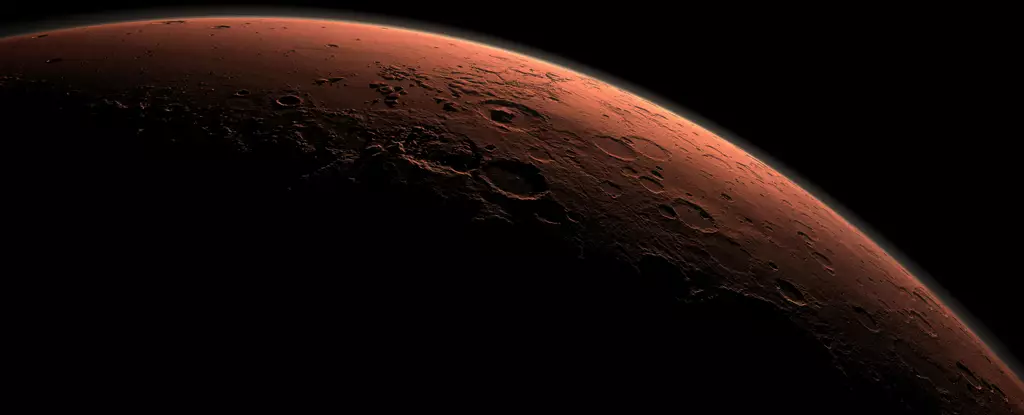In a groundbreaking discovery over a decade ago, it was revealed that Mars contains organic material buried within the sediment of its ancient lakebeds. This revelation led to further investigations that unveiled the widespread distribution of organic molecules on the red planet. While this finding does not definitively point to the existence of alien life, it has sparked a new understanding of the carbon chemistry present on Mars. A recent study led by planetary scientist Yuichiro Ueno of the Tokyo Institute of Technology has shed light on the origins of this organic material, suggesting that it may have originated in the atmosphere through photochemical reactions involving carbon dioxide.
Although the discovery of organic material on Mars does not provide concrete evidence of extraterrestrial life, it does raise intriguing questions about the potential for life beyond Earth. Chemist Matthew Johnson of the University of Copenhagen emphasizes the importance of these carbon-based complex molecules as the building blocks of life. The atmospheric photochemical reactions that lead to the formation of organic material on Mars could provide valuable insights into how life-sustaining ingredients may have been transported to Earth billions of years ago.
The process of photolysis, where molecules are broken apart by light, has long been theorized to play a role in the organic chemistry found on Mars. Johnson and his colleagues proposed this hypothesis in 2013 based on simulations, and subsequent research has supported this idea. The photolysis of carbon dioxide in the Martian atmosphere results in the production of carbon monoxide and oxygen atoms, with a notable excess of the carbon-13 isotope due to its slower depletion compared to carbon-12 during photolytic reactions.
Recent data from the Curiosity rover in the Gale crater has provided crucial evidence supporting the photolysis theory. Analysis of carbonate minerals on Mars revealed a carbon-13 depletion consistent with predictions based on quantum chemical simulations. This finding aligns with the carbon-13 enrichment observed in a Martian meteorite found in Antarctica, further corroborating the link between atmospheric photochemical reactions and the formation of organic material on Mars.
The similarities in the atmospheric composition of Earth, Venus, and Mars during the early stages of the Solar System suggest that similar processes may have occurred on our home planet. While Earth’s dynamic surface and geological activity may have obscured direct evidence of atmospheric photochemical reactions, the discovery on Mars provides valuable insights into the origins of organic material on Earth. Understanding the pathways through which essential building blocks of life may have been transported to Earth could provide clues to our planet’s own origins.
The investigation into the origins of organic material on Mars represents a significant milestone in our exploration of the red planet. While the search for conclusive evidence of life on Mars continues, the discovery of carbon-based complex molecules through atmospheric photochemical reactions opens up new avenues for understanding our own planet’s history. By unraveling the mysteries of Mars, we may ultimately gain a deeper insight into the origins of life on Earth and beyond.


Leave a Reply